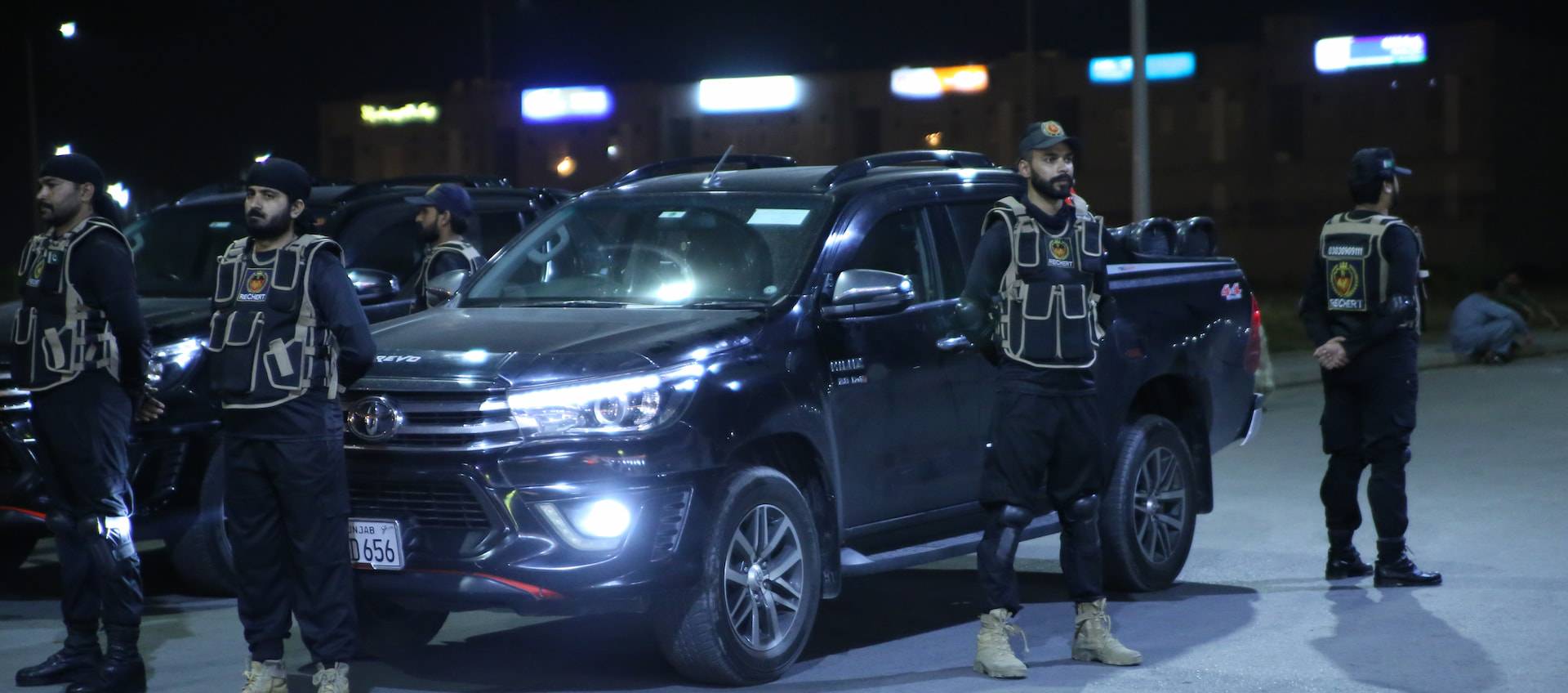Marshall Islands Country Report
The Marshall Islands are located in the Pacific Ocean, just north of the equator and slightly west of the International Date Line. This country consists of two coral islands and more than 1,000 islands. These islands share maritime borders with the Federated States of Micronesia to the west, Wake Island to the north, Kiribati to the southeast, and Nauru to the south. Although corruption is chronic, conflict, terrorism, and civil unrest do not pose a particular concern in the archipelago, and there are no major threats to political stability. Although the level of criminal activity is low and violent crimes are rare, the risk of opportunistic theft remains.
The only international airport is Majuro. There are concerns about the safety of land travel in the Marshall Islands. Everyone has different driving habits and skills and there are many dangers on the road. Islands face potential natural disasters such as tsunamis, typhoons/tropical storms, coastal flooding, and droughts. The typhoon season usually occurs from November to April, but the country can experience typhoons throughout the year.
Last updated: April 11, 2022
Security
There are no specific concerns about conflict, terrorism, or civil war on the island. Although the level of criminal activity is low and violent crimes are rare, the risk of opportunistic theft remains. There have been reports of home invasions, but these attacks generally remain violent. Demonstrations caused by political or socio-economic grievances are also rare and usually peaceful.
Last updated: April 29, 2022
Infrastructure
There are no major concerns about air travel. The only international airport is the Marshall Islands International Airport (MAJ) in Majuro.
Driving habits and skills vary from person to person and the roads are full of dangers such as stray animals.
Ports are considered efficient.
Utilities are of a fair standard and widely available.
Cybercrime is not a serious concern.
Last updated: September 4, 2023
Environment
These islands have a tropical climate with two distinct seasons. The dry season is from December to April and the rainy season is from May to November. The Marshall Islands are highly vulnerable to coastal flooding and landslides during the rainy season. The islands are prone to typhoons during the typhoon season from November to April. Earthquakes occur occasionally, but most are of moderate intensity and do not cause significant damage or casualties. World War II-era explosive remnants still affect some atolls in the Marshall Islands, such as Miri and Maluelp, but incidents involving these atolls are relatively rare.
Last updated: March 15, 2022
Health and Medical
Medical facilities in the Marshall Islands are generally considered adequate for routine care and minor injuries. However, more serious symptoms and injuries may generally require evacuation to Hawaii. There are pharmacies in city centers, but smaller islands have fewer pharmacies and some specialty prescription drugs may not be available. Tap water is generally not considered safe to drink. Traveler’s diarrhea is the most common disease among travelers. In recent years, outbreaks of Zika fever and dengue fever have also been reported.
Last updated: September 7, 2023
Political
The Marshall Islands is a presidential republic and there are no major threats to its stability. But corruption in the country is chronic, because political and economic interests are often intertwined. The court system is not free from corruption and can be subject to political interference. The police are also poorly trained and lack the equipment, motivation, and transportation to respond to incidents outside of city centers.
Last updated: March 25, 2022















